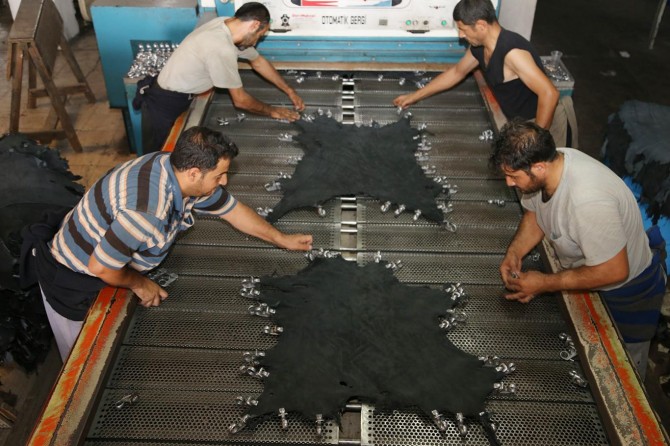
Adventure of leather in the tannery
In Gaziantep, where a significant portion of the shoe and clothing needs are met in Turkiye, ovine skin takes its place in the shoe and clothing stores after a tough process.
The history of leather is as old as human history. In history, people have always benefited from skin both protection and health. Leather, which is one of the indispensable elements of human life in the past, hasn't lost its place in our daily lives by not losing anything of its importance and value.
Leather, which uses in many areas such as making bags, wallets, textiles, is being prepared after many tedious processes. After cutting several provinces, mainly from Turkiye's Southeast Anatolia, sheep, goat, cow and buffalo skins collected and brought to Gaziantep, stowed in the warehouse of the tanneries in the city.
The raw skins brought to the tanneries, completely differentiated in the skillful hands after a long and hard process. The stink spreading from the skin during tanning is hard to bear.
The skilled workers, accustomed to the stink, wash down the skins in large machines after the removal of their feather. The skins washed in machines are then colored with various paints. After cleaning the skin with great delicacy, the workers laying them on the surrounding terraces and walls to dry in the sun then softens the skins that dried under the sun by throwing them back into the machines.
After drying, the leathers passed through the tanning stage in the factory are prepared by pressing on various machines and after about 20 processes. Skin prepared according to skin structure and thickness; are being marketed in Turkiye and abroad as jackets, wallets, belts, and shoes.
Tanning, considered one of the world's most difficult and dirty jobs, also requires incredible labor and patience. Due to the bad smell and the hard journey, the majority of the people working in this profession continue their father's profession.
ILKHA


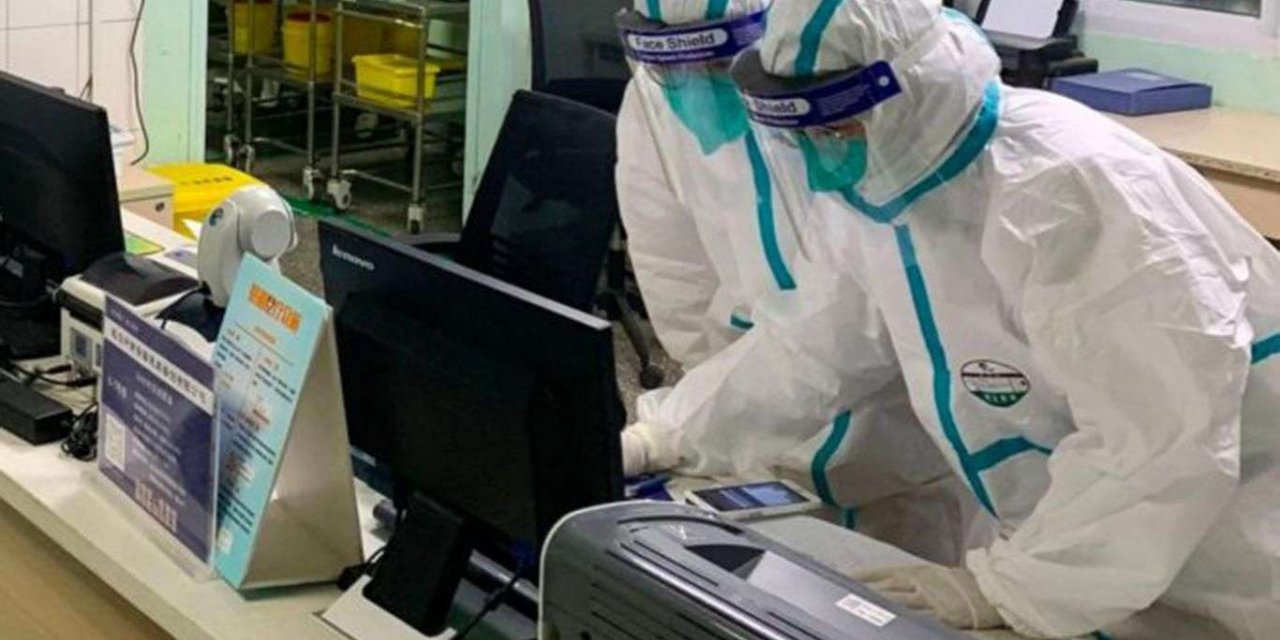


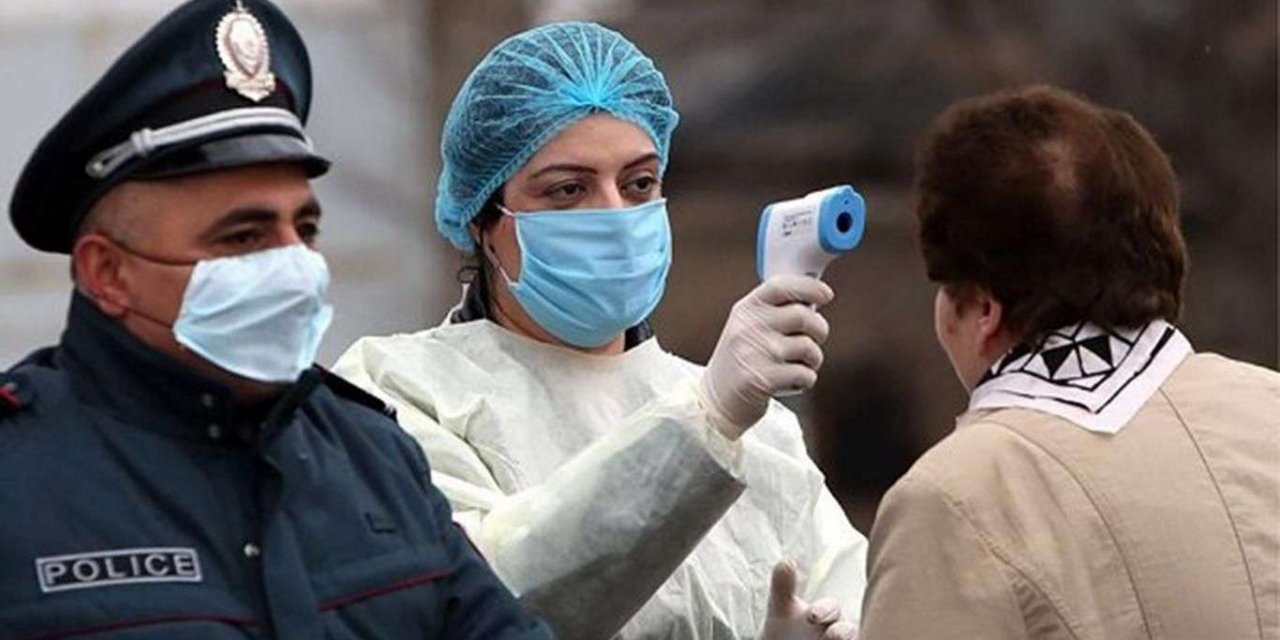
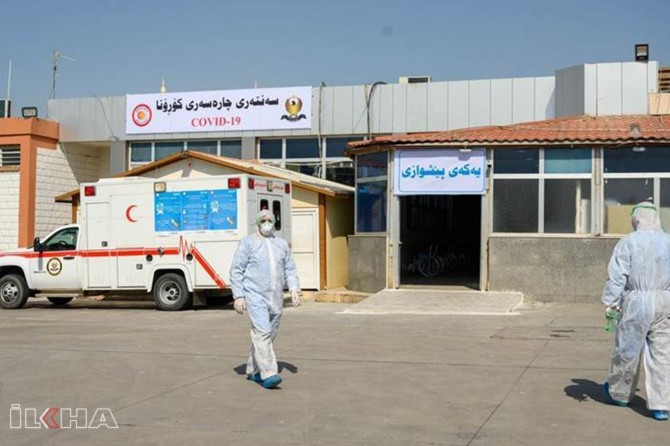
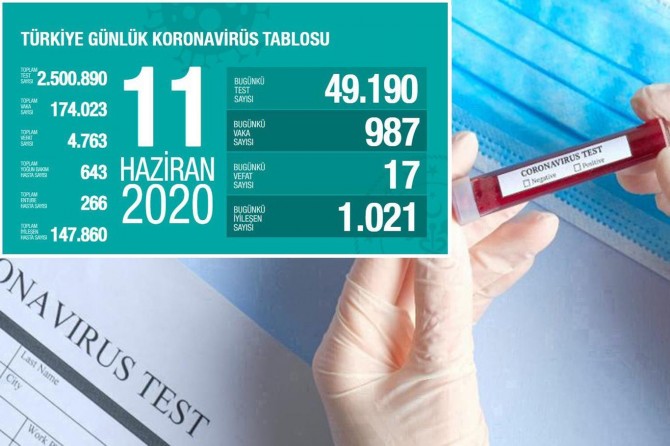


Türkçe karakter kullanılmayan ve büyük harflerle yazılmış yorumlar onaylanmamaktadır.